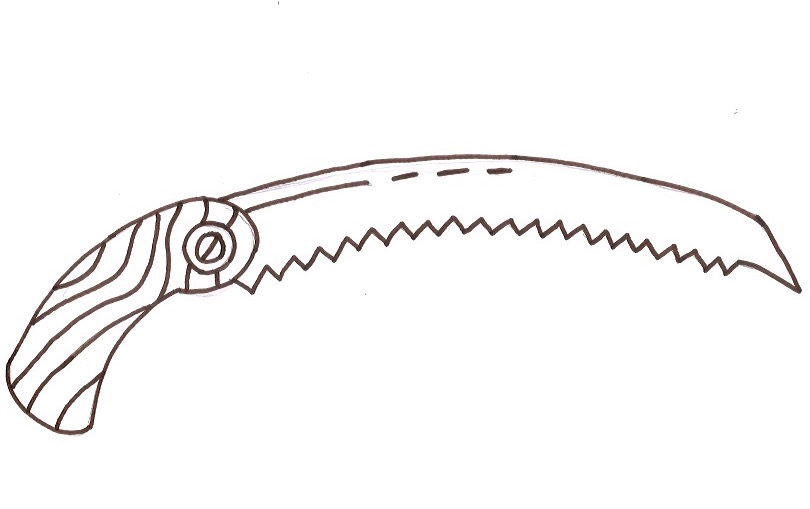Disaster strikes like a rattlesnake, not in the absence of a warning, but with the ignorance of not knowing what it sounds like.
So it is with arboriculture. Job site settings and situations progressively challenge us to use our skills for different applications. Throughout our careers and working experiences, rigging and climbing tasks grow into ever-more dynamic scenarios because of the new challenges we accept or guide others through. And in every scenario there are dangers camouflaged in the rigging, in tree biomechanics, in teamwork function and in the multi-dimensional ways that forces and vectors act on the entire system at large.
But with every danger there is a rattle.
Chapter twelve of On Rope begins, “Learning requires an attitude that makes us open to information and ideas whatever our level of skill. Learning should be an evolutionary process. While the end may seem near, it should never be reached. Rope work is serious business. Failure to grasp the subject matter could result in the death of a student, trainer, or both…There is more to learning a skill than just knowing the steps of how to perform it” (296).
Knowledge carries substance, but execution, and the proper application of that knowledge is also important. There is more required than motions. The paragraph goes on to say, “it is not just knowing how to do something, but also understanding why something is done that brings the student out of dangerous ignorance,”(296). Planning and practice are the navigational tools we need to avoid danger. Without those instruments, we are just feeling our way through the dark, waiting to get bit.
In order to truly understand the potential danger in the systems we build for accessing and working aloft, it’s important to establish a limit of acceptability. Tree climbing is inherently dangerous, but we accept that degree of danger because of the knowledge we have to mitigate it while applying our resources and tools. What will our decisions expose us to, and what are the consequences of that exposure? Accepting a divot in the yard can quickly lead to a stub through a roof. A poor rope angle can cause a climber to become stranded at height. Or even worse. Quantifying danger can aid the decision making process, but there needs to be a clear limit of acceptability through the scope of who and what will be affected. Turning around is always better than treading lightly. There is always a safer path.
A dangerous situation is not subjective, it is objective. Danger is the object of the lack of knowledge, fumbled focus, corrosive communication and abstract awareness. Danger favors certain environments, and even certain moments in time. On certain portions of the pathway, there will be danger, writhing in the sun, shaking its tail.
Expecting danger and properly identifying it will eliminate the surprise and allow for proper avoidance. In our journey along the path of arboriculture, we should keep in a bottle our knowledge, our training and our experience-the only antivenin.




Leave a Reply
Your email is safe with us.